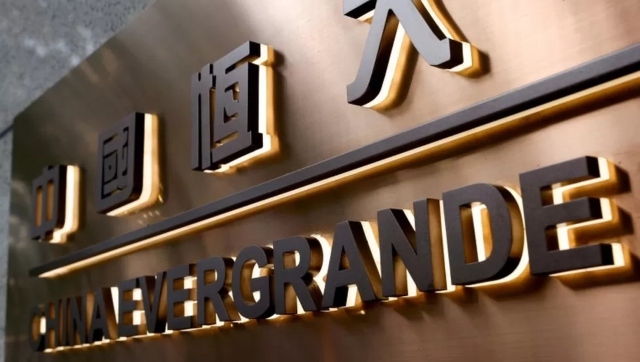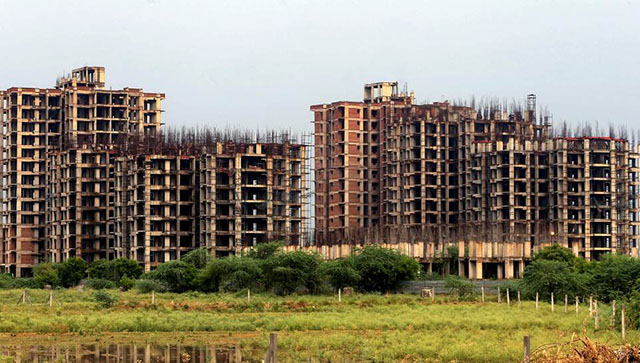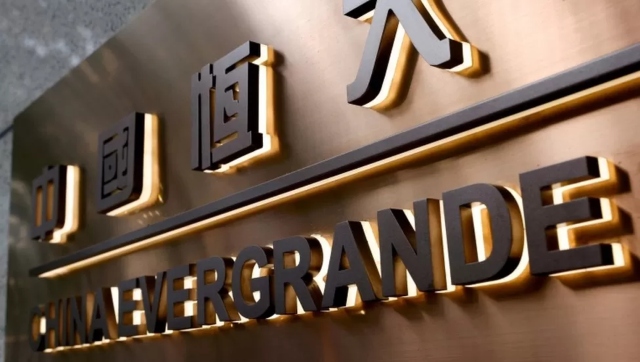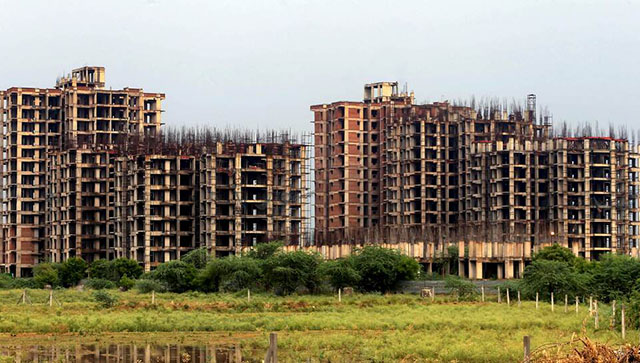Saurabh Mukherjea
For almost a year now my colleagues and I have been of the view that the Indian economy has been steadily losing steam. With a battery of metrics – such as credit offtake, cement demand, rural wage growth, corporate profit margins, banking system stress – now behaving exactly as they should in a steady economic slowdown, it is now time to delve deeper into the economy and understand which parts of our economy are more exposed to the slowdown than others.
We classify the Indian economy into three distinct segments that appear to be growing at distinctly differing paces namely: (1) The low speed economy (share in GDP 40%): Agriculture, construction, public administration and banks appear to be decelerating or growing at the slowest pace of all the sectors in the economy; (2) The mid speed economy (share in GDP 30%): Commercial transport, manufacturing, residential real estate and mining appear to be growing at a middling pace; and (3) The high speed economy (share in GDP 30%): Personal transport, hotels, commercial property and business services appear to be growing at a relatively rapid pace.
This column will focus on why these three segments are growing at different speeds and what that portends for overall economic growth going forward.
The low speed economy (40% of GDP): These segments of the economy have been hit by an unfortunate combination of bad weather (two droughts in a row have crippled the agricultural sector), specific policy decisions (the NDA has shrunk subsidies in its first two budgets and that has reduced the supply of funds being pumped into rural India) and crippling economic imbalances which arise from time-to-time in a free market economy. Let me elaborate on the last point - economic imbalances - as they arguably the most potent negative influence squeezing the Indian economy today.
Between FY04-08 India embarked upon an intense blast of capex – in those years capex grew at around 17% per annum (in real terms). Unfortunately, a large part of the monies for these investments were pilfered by corrupt promoters and their friends in political & administrative circles. Much of the rest of the investments were hit by the inordinate delays for clearances & permissions that plague almost every aspect of construction activity in India.
As a result, a large part of the capex of the go-go years became stressed assets on the balance sheets of the banking system and excessive leverage on the balance sheets of companies in the power, infra and roads sectors.
Now, with 15% of its assets in trouble, the banking system is in no shape to finance a capex recovery in India and, in parallel, the power, infra and roads sectors are in no shape to invest fresh monies. The Japanese economist, Richard Koo, calls such events a “Balance Sheet Recession” and he has articulated eloquently why it is so difficult for countries stuck in such recessions to drive an economic recovery. In particular, monetary policy loses its effectiveness in balance sheet recessions because the banks don’t have the ability to lend and corporates don’t have the ability to invest.
The high speed economy (around 30% of GDP): At the other extreme is that segment of the Indian economy which is benefitting from private equity & venture capital inflows into the Indian tech sector plus large investments being made by firms such as Google, Amazon, Alibaba and Uber in India.
If we combine these two streams, I reckon around $20-25 billion of foreign capital has been pumped into the Indian economy over the past 12 months. Whilst this is obviously benefitting the e-commerce companies, the money they are spending is benefitting other sectors such as airlines (domestic passenger traffic growing at more than 20% per annum), hotels (utilisation levels are at six-year highs), commercial real estate (demand for office space has recovered over the past year), cars (number of cars sold is growing at 7% per annum) and urban consumption in general (retailers such as Trent and ShopperStop are reporting double digit same-store-sales growth).
It is hard to ascertain how sustainable this e-commerce driven boom will be. Whilst overseas PE/VC flows have already started tailing off, deep-pocketed companies like Amazon, Alibaba, Softbank and Google are obviously not going to give up on India in a hurry. Furthermore, it appears that the Indian banking system has pretty much stopped directing credit towards corporate India. That in turn means that our banking system is now almost entirely focused on seeking its growth by directing credit to the retail borrower. These two factors – foreign equity capital inflows into the e-commerce sector and domestic credit flow – should keep the high speed economy centred around urban consumption in reasonably good shape in CY16.
The mid-speed economy (around 30% of GDP): Whilst I reckon the high speed and the low speed sectors of the economy will continue behaving in CY16 in much the same manner that they have done in the year before, the mid-speed economy seems to be heading for a pronounced slowdown. This is due to two reasons. Firstly, the residential real estate sector is plagued by numerous problems both:
-- On the supply-side (supply of equity capital from the black money economy, which was the core funding source for this sector, has dried up; in parallel, the formal lending sector has turned off the tap for developers); and
-- On the demand-side (2% rental yields in a country with 10% cost of borrowing makes India the world’s most overvalued residential real estate market; add to that many years of unsold inventory in the big metros and you have a recipe for demand hollowing out).
Secondly, the mining sector is being hit by the twin impacts of the global correction in commodity prices (which is making exploration-related activities unviable) and the government’s inability to find a viable construct for auctioning coal mines in the wake of the Supreme Court’s September 2014 judgement cancelling all mines granted by the government over the past 20 years.
They say that in politics the median voter, rather than the majority, determines the election result. Applying that analogy to the economy would suggest that the mid-speed economy will determine the direction of economic growth in India. For now that direction appears to be downwards.
The writer is CEO - institutional equities, at Ambit Capital and the author of “Gurus of Chaos: Modern India’s Money Masters”.


)




)
)
)
)
)
)
)
)